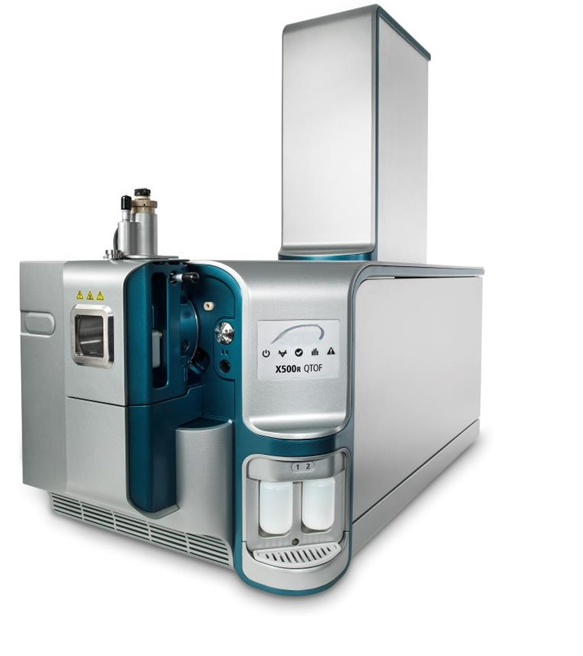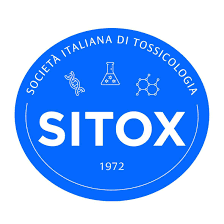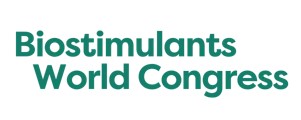
Detection of mycotoxin contamination in biopesticides through the MS Q-TOF system
The use of agrochemicals containing microorganisms (fungi, bacteria, viruses) or active ingredients produced by them is more and more spread in integrated and organic farming, thanks to their favourable environmental and ecotoxicological profile.
Through different mechanisms, specific microorganisms can control the spread of insects, nematodes and fungi damaging crops; other microorganisms can promote the biological fertility of cultivated soils and improve the nutritional and phytosanitary status of plants.
In the European Union, microbiologically based PPPs (Plant Protection Products) are normally classified as “Low Risk Substances” according to Regulation (EC) No. 1107/2009. However, in order to fall into this category, such products must pass efficacy trials and not have harmful effects on the environment and human health.
It is therefore essential to assess the purity of biopesticides before they are placed on the market, paying particular attention to verifying the absence of contaminating microorganisms and mycotoxins, secondary metabolites produced by some fungal species under specific stress conditions. There are currently more than 300 known, many of which are dangerous to human health.
BioTecnologie BT has a long experience in the analysis of biopesticides, on which it performs search and quantification of contaminants and pathogens according to the guidelines provided by OECD in the document “Issue paper on microbial contaminant limits for microbial pests“.


 English
English Italian
Italian


